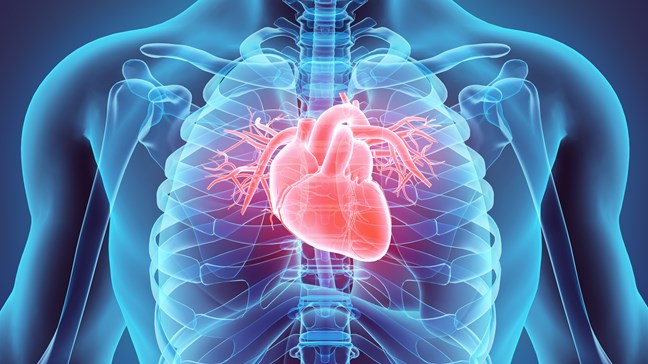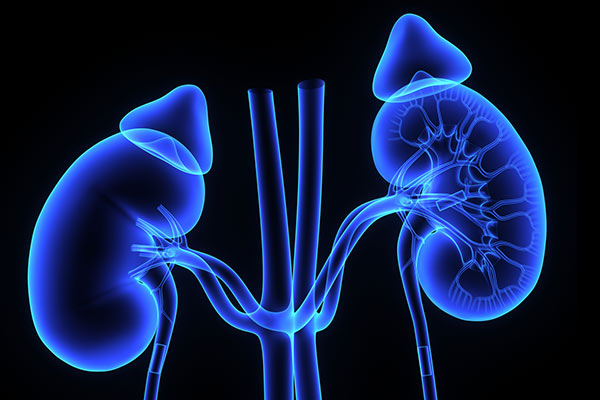Raphael et al. showed in a prospective cohort study, published in Circulation, that type 2 myocardial infarction (T2MI), defined as an acute imbalance between oxygen delivery to the myocardium and the demand of the myocardium in the absence of athero-thrombosis, is associated with higher all-cause mortality compared to type 1 myocardial infarction (T1MI) caused by athero-thrombotic events, with no difference between these 2 groups regarding cardiovascular death.
Raphael et al. retrospectively included 5,460 patients with high troponin levels (more than 0.01) and divided them into 2 groups of T1MI and T2MI. They followed up the patients for 5.5 years. Cases with prior MI were excluded from the analysis.
After including the cases, they retrospectively classified MI types by 2 cardiologists based on clinical signs and laboratory results. MI was defined by a rise and/or fall in cardiac troponin T (cTnT) associated with either ischemic symptoms, new/presumed new ECG changes, new imaging evidence of ischemia, or direct identification of intracoronary thrombus on angiogram or autopsy. The cardiologists defined T2MI based on elevated cardiac troponin without other necessary factors. Other different types of MI including procedure-related MI were categorized as T1MI. They encountered the first MI event as the main event in cases with multiple MI events. They further subclassified T2MI based on its cause to the following subclasses: Arrhythmia, hypotension, anemia, post-surgical status (in the absence of other causes e.g., T1MI and arrhythmia), hypoxia, and other (including spontaneous coronary artery dissection, coronary embolism, coronary spasm, structural heart disease e.g., severe aortic stenosis and malignant hypertension). They prospectively gathered the information regarding the mortality cause in the patients from the available documents, and divided the cause of mortality into either cardiovascular or non-cardiovascular.
The results showed that 56% were adjudicated as T1MI and 43% as T2MI. Patients with T2MI were older, female gender predominant, with a higher prevalence of chronic obstructive pulmonary disease (COPD) and chronic kidney disease (CKD) while patients with T1MI were more likely to present with other well known MI risk factors. They also showed a lower level of sufficient MI related medical treatment in the T2MI group compared to T1MI. The rate of MI in both types has shown a decrease in incidence in the population. The rate of all-cause mortality was calculated after sex and age adjustment, and results implicated that the all-cause mortality rate was significantly higher in T2MI compared to T1MI even after adjustments. They showed that the risk of cardiovascular death is the same in both T1MI and T2MI, which may indicate the necessity of better diagnosis and treatment of T2MI after an encounter.
There is a lack of information regarding the T2MI incidence and effect on mortality in the general population. Raphael et al. tried to add to our current knowledge regarding this common type of MI by addressing the effect of this condition on all-cause and cardiovascular mortality.
One of the major factors encountered as a limitation for this study may be the difficulty faced in the diagnosis of T2MI in the clinical setting. A question has still remained that if treatment of T2MI with the same treatment protocol as T1MI will help to decrease cardiovascular and all-cause mortality in the patient’s population.





